Track my order
RESOURCES
How to Insulate Shipping Containers & Shipping Container Homes
Ready to insulate your container? Here are the different ways you can insulate shipping containers used for storage, offices and houses. Read more


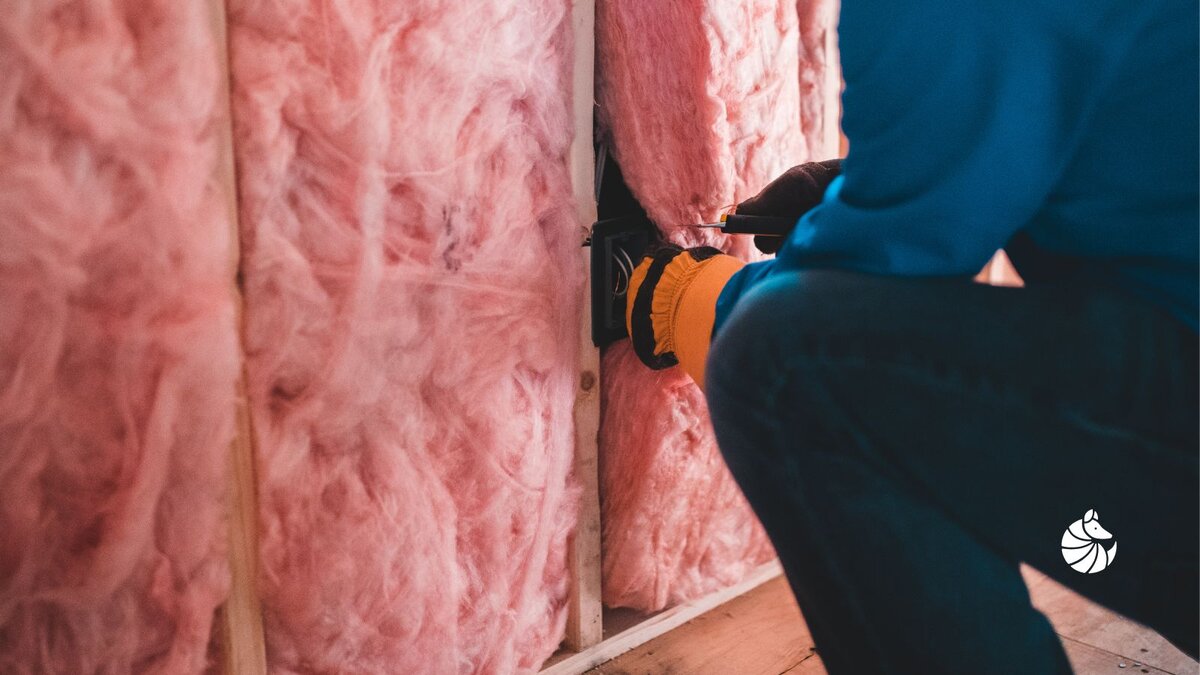
Did you know that shipping containers don’t come with insulation? Their corrugated steel walls have no extra padding behind them. Insulation is a feature that you’ll have to add to your container after you purchase it.
Why is insulating a shipping container so important? One of the biggest benefits of insulating shipping containers is climate control. While shipping containers are wind-resistant and water-resistant, they are not resistant to outdoor temperatures. If it’s scorching hot outside, the interior of the container can heat up. If it’s freezing outside, it can get frigid inside. Adding insulation to the container’s interior walls can create a strong barrier against outdoor temperatures, which will keep the interior temperature moderate.
Another benefit of insulating shipping containers is moisture control. Uncovered steel walls can create the perfect environment for condensation. When warm air hits the cold walls, water droplets will form. If you’re using shipping containers for housing, that condensation can slowly ruin drywall, rot wood, peel wallpaper and create mold and mildew. If you’re using shipping containers for storage, condensation can permanently damage the items inside.
Insulating a shipping container can also muffle outdoor noises. By insulating shipping container homes, you can help to guarantee that residents won’t be disrupted by neighborhood noise. They’ll have peace and quiet when they’re inside. You will want to take this benefit into consideration if you intend to build a container home.
If you want to buy a new shipping container and insulate it, read this straightforward guide on insulation. You’ll find out key information about how to insulate shipping containers, where to place your insulation, and how much the project can cost you.
How to Insulate Shipping Containers
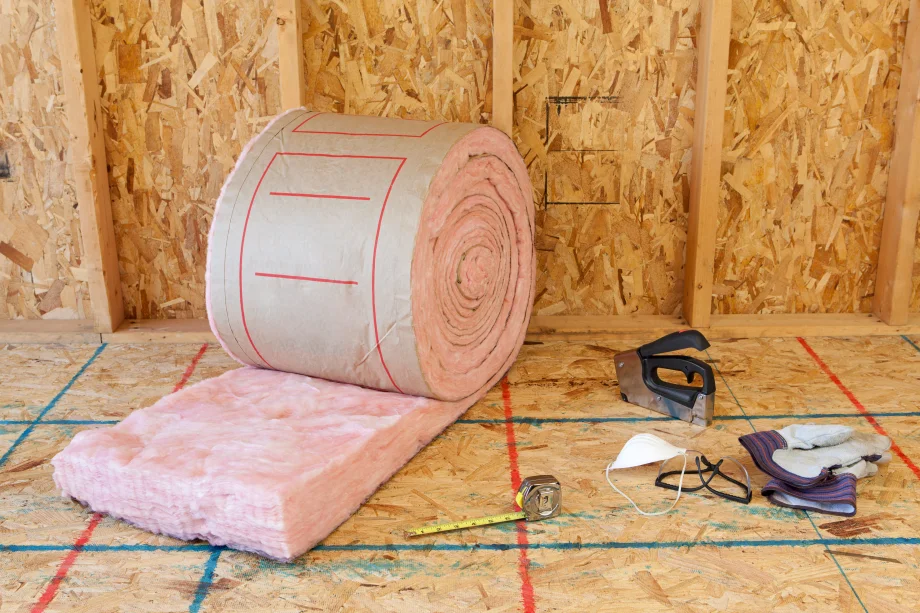
There is more than one answer for how to insulate shipping containers. There are multiple materials to get the job done, including polystyrene panels, batt insulation, and spray foam insulation. Each material will come with its own advantages and disadvantages.
Polystyrene Panels
You can use panels of polystyrene — you may recognize it by the popular brand name “Styrofoam”— to insulate your shipping container. All you have to do is glue the panels directly to the interior walls. If you don’t want to glue the panels, you can also mount them against bars that are flush with the interior walls. Polystyrene panels are one of the most cost-effective choices for insulation. The material is also long-lasting, water-resistant, and easy to install.
But polystyrene panels tend to have a lower R-value in comparison to other types of insulation. R-Value is a measurement of how well a material can prevent heat from flowing in and outside of a structure. The higher the R-Value, the better climate and moisture control the material can provide. Since this material can have a lower R-Value, you should reconsider using it for insulating shipping container homes. It’s a perfectly fine choice for insulating shipping containers being used as storage units.
Batt Insulation
Batt insulation (also called “blanket insulation”) are pre-cut pieces of woven fiberglass or mineral wool. Both materials are non-combustible, which is helpful for creating fire-safe structures. Batt insulation is easy to install and cost-effective. It’s a popular choice for insulating shipping container homes and offices.
One potential issue with batt insulation is that it requires interior framing to install. Adding that wood framing to your container will add more time to your project and increase your overall costs.
Spray Foam Insulation
Spray foam is a chemical product that expands and hardens onto a surface. It clings directly to the wall. It’s known for creating a long-lasting, water-resistant coating with a high R-value. Spray foam insulation is typically more expensive than other types of insulation, especially because it requires specialized equipment to install it. For the best results, choose a closed-cell spray foam.
If you want to insulate a shipping container home in a colder climate, you should consider spray foam insulation. This option is also one of the best ways to insulate a shipping container meant for storing temperature-sensitive items like electronics or paper documents.
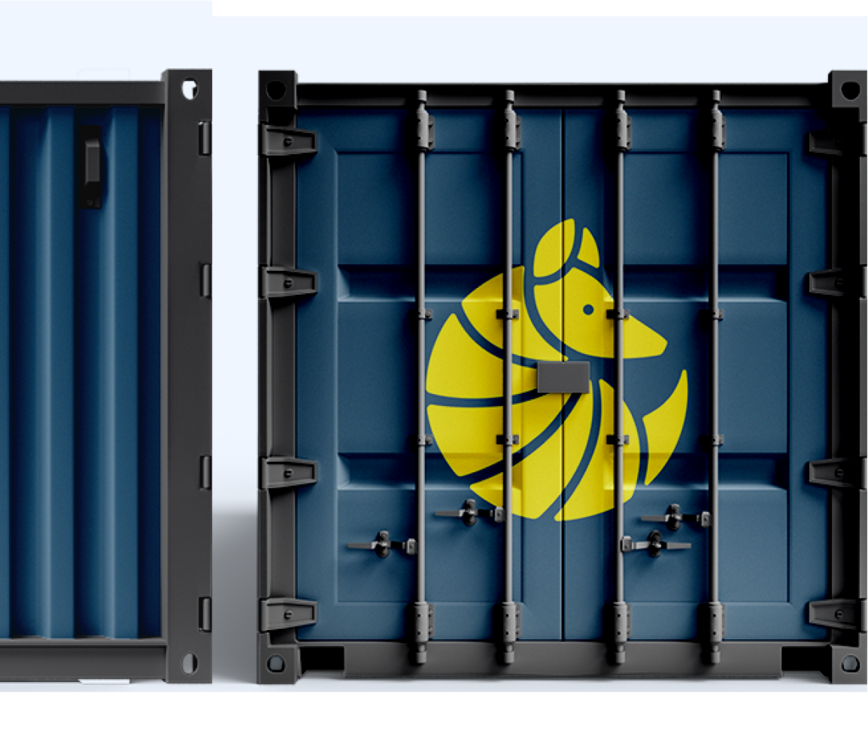
What is a Vapor Barrier – and Should You Install One?
A vapor barrier is intended to stop moisture from transferring through the walls and disrupting the interior. In most cases, you will want to install a vapor barrier over the insulation.
Some types of insulation will require vapor barriers. Batt insulation and open-cell spray foam will need vapor barriers to cover them. Styrofoam insulation and closed-cell spray foam are types of insulation that act as their own vapor barriers, so they won’t need additional coverage.
Should You Put Insulation Inside or Outside?
Adding insulation to your interior walls comes with one small issue: it reduces the interior space. The insulation material — along with any drywall or paneling covering the insulation — will shrink the available square footage inside the container by several inches.
You should consider this reduction in square footage before you purchase your shipping container. This information could push you to purchase a bigger container size or shape. A 40ft shipping container will provide you with more space than a 20ft container, even after adding insulation. A high-cube container is a foot taller than a standard container, this will give you a little more room to work with.
If you really don’t want to lose that interior space, you should consider insulating a shipping container from the outside by adding insulation material to the exterior walls. After that, you’ll have to cover the insulation with intermediate siding and exterior cladding.
You should know that external insulation will take more time, effort, and money than internal insulation. Because of this, it’s usually not the way that the average container owner goes.
How Much Does It Cost to Insulate a Shipping Container?
The cost of insulating a shipping container depends on a few factors. First, the size of your container. It goes without saying that purchasing insulation for 40ft shipping containers will cost more than purchasing it for 20ft shipping containers due to the increase in size.
Second, the climate of your container location will affect the cost. If you live in a colder climate, you will need to install more insulation to protect the interior and ensure a comfortable temperature. To get an idea of how much insulation you’ll need, check out this R-value map of the United States. It will let you know the ideal R-Value based on the general climate of your region.
Third, the type of insulation will impact your final cost. For instance, spray foam insulation will typically cost more than polystyrene panels.
As a general estimate, you can expect to spend between $2,500-3,000 to insulate the interior of your shipping container. Remember that the initial cost will help you save in the long run. Insulation in your container home can save you from paying expensive energy bills, and insulation in a dedicated storage space can save you from having to fix or replace damaged items.
You don’t want to cut corners on an addition like insulation. Insulating your shipping containers will protect them from extreme climates, condensation, and outdoor noise. Whether you have a storage container or a container home, you’ll want to install a layer of insulation to it as soon as possible.

About Nina Barango
Nina Barango is an experienced content marketer and container expert with a proven track record in the tech and logistics industry. Having worked with various startups and SMEs, she bridges the world of marketing, tech and shipping containers. When she's not creating content that'll revolutionize global container trade, you can find Nina reading a book or mastering her video editing skills.


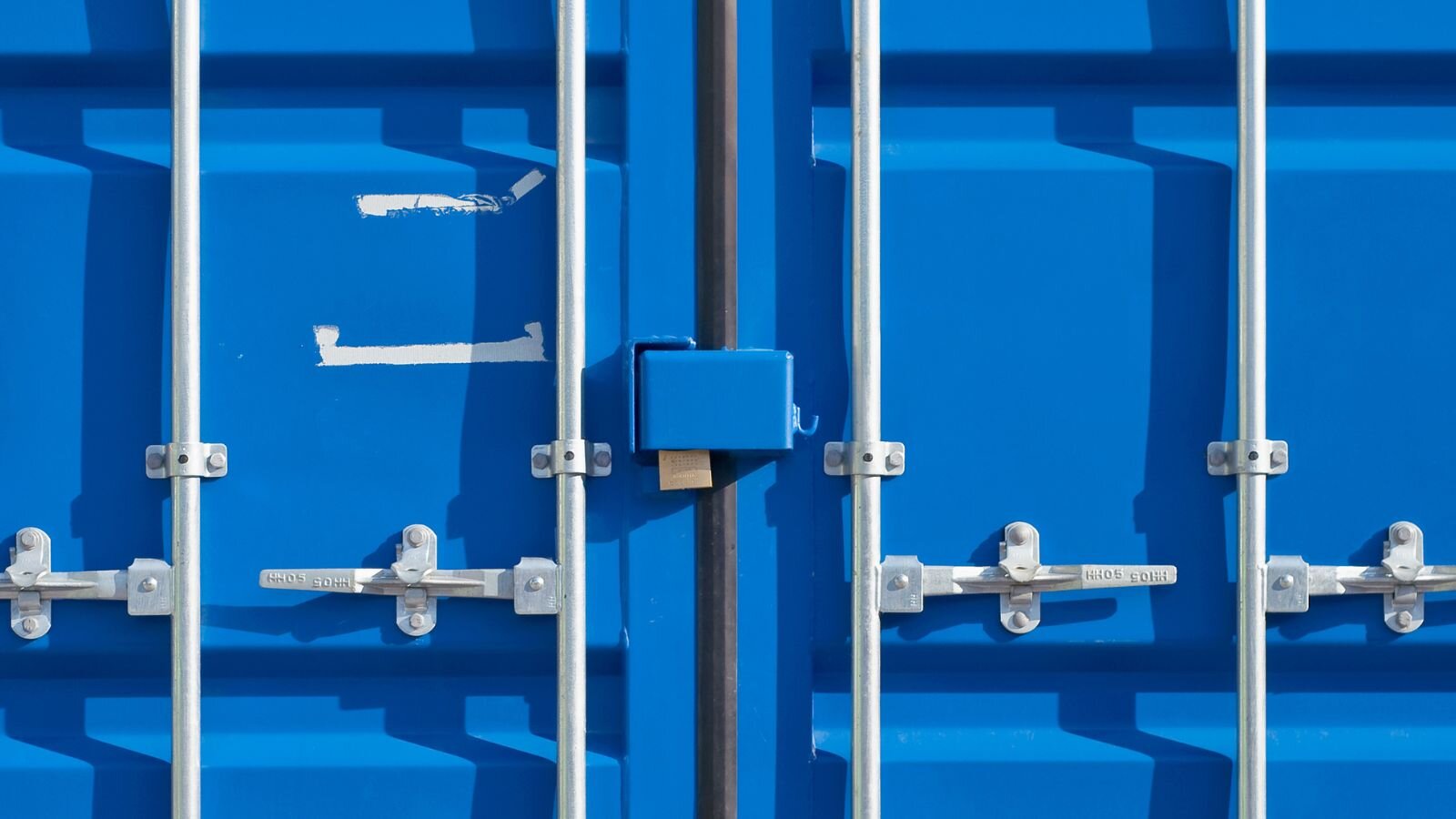

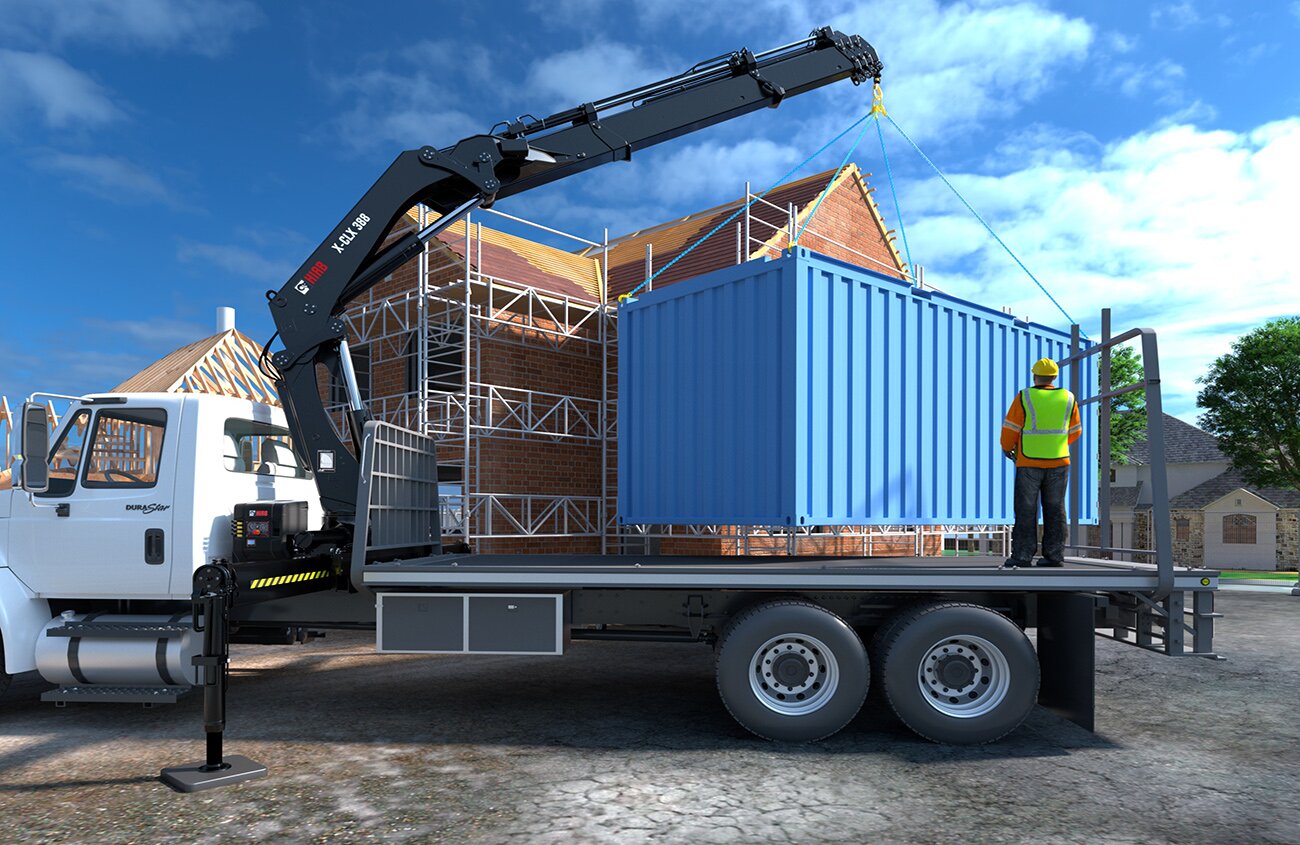


Continue Shopping
Loading cart